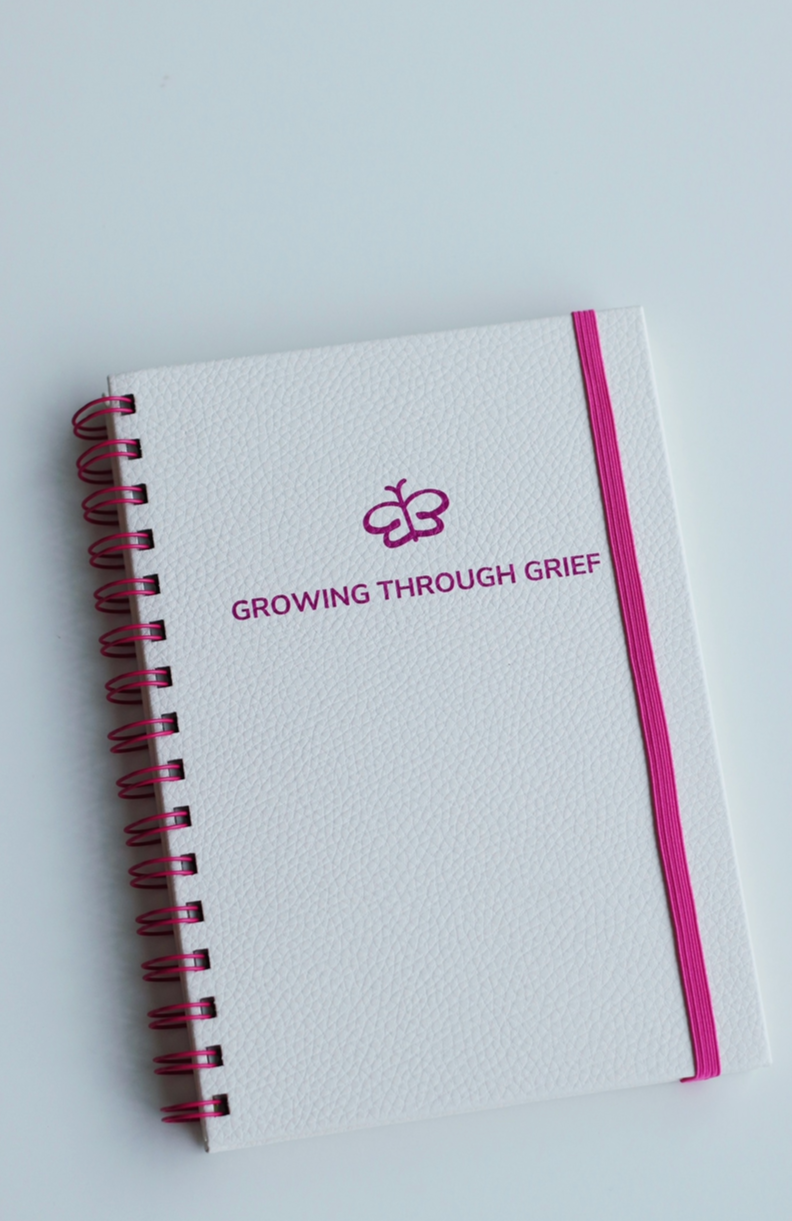Grief is a natural response to loss and there’s no one-size-fits-all approach when it comes to healing. But while grieving may take many forms, research suggests that all cultures experience grief in a similar way—what is known as the universal pattern of grief.
What is the Universal Grief Pattern?
The universal grief pattern refers to the five distinct stages of grief that individuals around the world experience when facing loss. These stages include denial, anger, bargaining, depression and, ultimately, acceptance. It’s important to note, however, that every individual experiences and moves through these stages differently. Still they provide a way for us to understand ourselves and work through our feelings in a more effective way.
How Does the UNIVERSAL Model Help Us Connect Through Grief?
The universal grief pattern helps us connect in a range of ways. Firstly, it provides us with a common language to talk about loss and allows us to share our feelings and experiences with others. It also highlights that grief is experienced differently by everyone, which makes room for empathy and understanding. Finally, the universal mode offers an accepted framework for coping with the emotions associated with losing something or someone that’s difficult to plan for or predict.
What Are the Stages of Universal Grieving?
The universal grief pattern consists of five stages: Denial, Sadness, Anger, Acceptance and Hope. In the denial phase we reject the reality of what has happened. This is followed by sadness where we confront our pain and start to process our loss. We may then feel anger towards life and the situation that remains despite our best efforts to change it. Finally, we reach acceptance which is accompanied by hope for a better future.
What Helps Us Through Grief?
During times of grief it is important to find support and help from people we trust. Talking about our feelings can be one of the most healing things, as well as engaging in activities which help us to stay connected. Practicing mindfulness and meditation, being creative, journaling and spending time outdoors can help us to process and feel better during these challenging moments.
How Can We Create Meaning and Purpose After Loss?
Although times of grief after the loss of a loved one or a life event can be challenging, it is important to remember that there is a potential for transformation, growth and new meaning in life. By exploring our feelings and creating ritual or symbols connected with grief such as writing, painting or music could help people to create a process of healing. Setting goals in areas such as physical, mental and spiritual health, getting involved in volunteering activities or connecting to an existing supportive community can also provide opportunities for peace and personal growth.



















